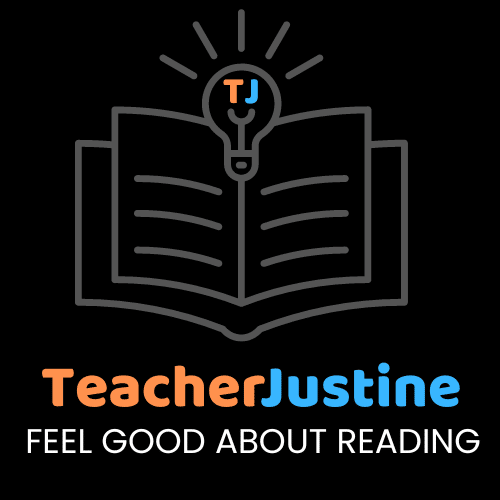Teacher Justine contains affiliate links and is a member of the Amazon Services LLS Associates Program. If you make a purchase using one of these Amazon links, I may receive compensation at no extra charge to you. See my disclosure policy for more information.
How To Create EBLI Spelling Word Lists With Your Child
You keep hearing spelling lags behind reading, right?
That spelling is harder than reading because it requires retrieval memory whereas reading only needs recognition skills.
But you want to help your child close their spelling gap. You want to see her smile when people can read and understand her writing.
But how on earth are you supposed to help your child learn all the spelling possibilities without teaching spelling rules and syllable types?
Let me give you some tips for creating EBLI spelling word lists that you may find useful.
📥 To make it easier, I created a free Spelling & Writing Mini Tracker designed for EBLI-style instruction. It includes goal-setting, a writing tracker, and a sound-to-spelling reflection page—everything you need to start building spelling awareness through writing.
👉 Grab it below and use it right away:
To Learn To Walk…Walk
The same thing is true for reading and writing. If you want to become a better reader, you have to read a lot. If you want to become a better writer and speller, you have to write a lot.
Unfortunately, kids are reading (and writing) less and less every year. And more and more of them don’t like to read or write.
This is obviously because ipads, phones, and computers provide instant entertainment without much cognitive demand. Why read for entertainment and information when you can watch.
But we can’t give up. We have to keep trying to get them hooked on reading and writing. And help them become better readers.
Make Writing A Habit
Most writers I know dedicate the same time of day for a set amount of time to writing. They put their butt in the chair and pick up the pen or touch the keypad.
The same can work with kids. Set the timer for 20 minutes and start writing. Start with stream of consciousness writing. You just start writing with no idea what you’re going to write.
Once writing becomes a habit there will be time for learning to craft good sentences and paragraphs. But start with the habit of just writing.
Once they are writing everyday, you will be able to start creating EBLI spelling word lists.

Gather Words From Your Child
EBLI and other speech-to-print methods don’t teach spelling rules or syllable types. However, every activity is a spelling activity. Spelling is the entrance to reading.
You won’t find ready made spelling word lists to march through and check off rules. Instead, any word that comes up in speaking, writing, or reading is eligible for the EBLI spelling word list.
Gather Words From Their Writing
Spelling should be corrected immediately. You don’t want wrong spelling to be the thing they remember.
I used to think that invented spelling was good because it got the kids writing right away. Now I know that was only the first half. The second half is to identify the misspelled words and correct them.
After your child is done writing, have them read it to you. Ask them to underline words they think are misspelled. Create a list from these words and any others.
Then have your child say the word, count the sounds, and map the sounds to the spellings.
Listen To Their Speaking
Your child’s speaking will inform you on which words to put on their spelling lists. Listen for mispronounced words and add these.
And the amazing thing is, speech-to-print spelling and word reading techniques like EBLI will cure their mispronunciations!
Have intentional conversations with your child where you use interesting vocabulary and talk about the meanings. Then add these words to your lists too.
Pick Words From Their Reading
Gathering words only from their writing and speaking won’t be enough since they have a limited supply of words they are willing to try using.
But the texts they are reading will have many words to pick from that you can add to your spelling lists.
Open the books they are reading or textbooks from school and pick 3-5 multi-syllable words for their EBLI spelling word lists.
Find Great Sentences And Dictate Them
Open their books again and find great sentences with rich multi-syllable words and dictate sentences. Fix spelling right after using sound-spelling mapping methods.
Encourage them to find great sentences too and to write them down in a notebook. Teach them how to be a sentence collector.
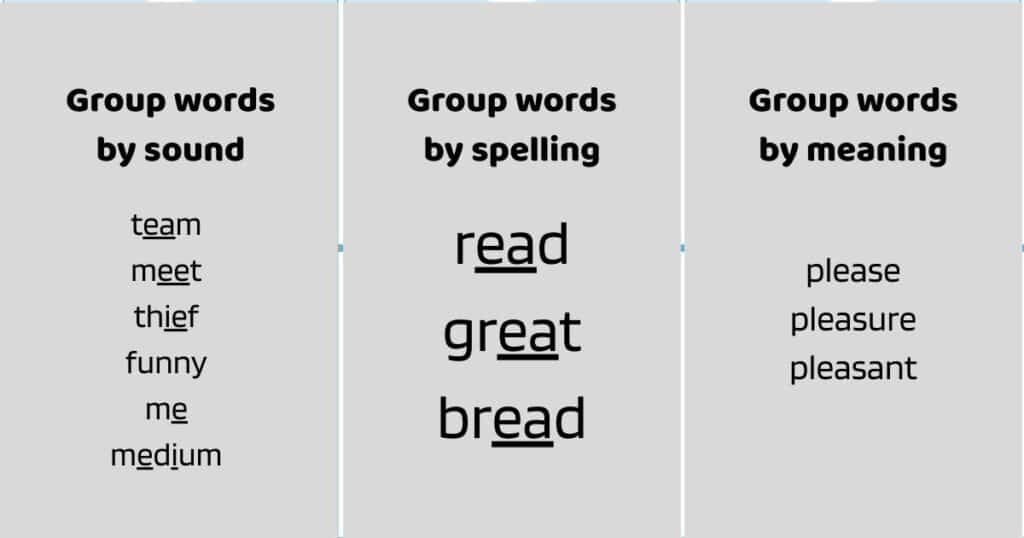
Become Word Curious And Look For Patterns
Speech-to-print approaches don’t teach spelling rules; instead they encourage you to look for patterns.
You can organize your EBLI spelling word lists around words that follow the same pattern. You can create spelling word lists that are all based on the same sound but have different spellings.
Or, you can create lists that are based on the same graphemes (letters or letter strings) but represent different sounds.
And you can create spelling lists of words that are connected by meaning through the base word but become words or different parts of speech (nouns, adjectives, adverbs, etc.) as the prefixes and suffixes change.
Co-Create Spelling Word Lists With Your Child
Creating lists around patterns is a great way to involve your child. When they discover another word in their environment, they can add it to the list or word sort for that pattern.
Again, the lists can be organized around:
- the same sound pattern,
- the same grapheme pattern,
- or around meaning with words sharing the same base word.
Create EBLI Spelling Word Lists From Commercial Programs
Many parents for a variety of reasons don’t want to create their own EBLI spelling words lists and would prefer purchasing ready made workbooks with a scope and sequence to master spelling.
Be cautious when doing this because some of these programs will contradict speech first methods and will confuse your child. They might also contain misunderstandings of the English code.
However, you could just get the program just for the word lists and not teach the rules.
Here are some programs that are recommended as being compatible with speech-to-print approaches to spelling.
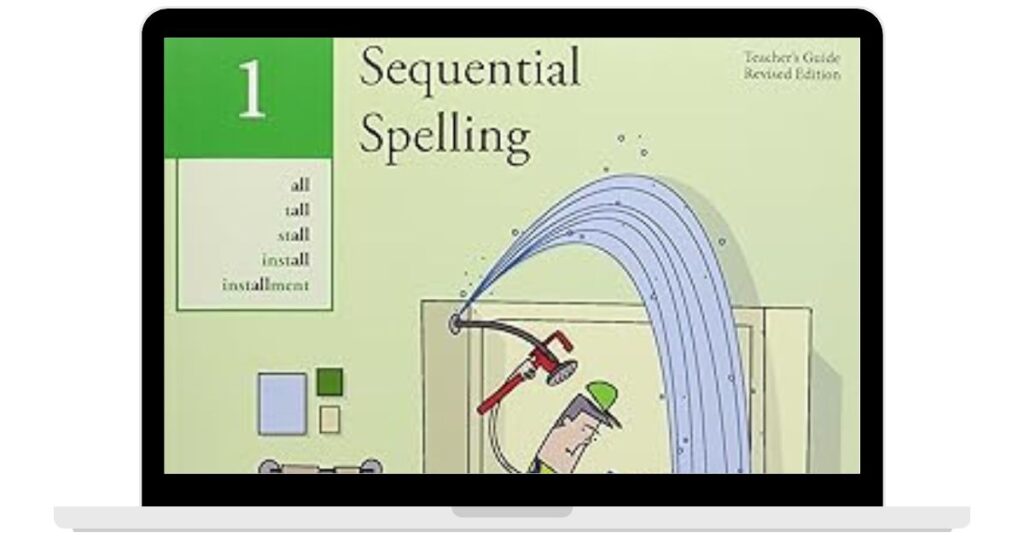
Sequential Spelling
This program does not use rules. It is based on word families and is designed so that the students make their own connections on how words are put together.
Students use the words on the list in their writing and get real time feedback and correction.
Students learn by seeing, hearing, and writing the words in each lesson. They move on when they have mastered the spellings.
Parents who use Sequential Spelling with their children say you only need the teacher’s guide.
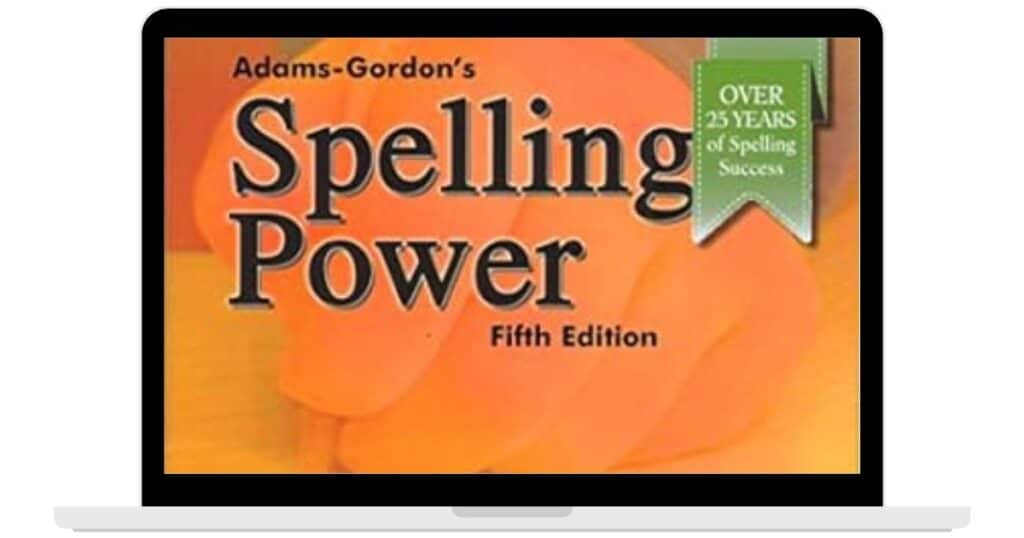
Spelling Power
This program focuses on the top 5,000 most common and frequently misspelled words. Spelling Power teaches rules and phonetic principles.
Students say the word, sound out the word, write the word, and write the word in a sentence.
Everything you need is contained in the book and it gives you online access to a seminar and online resources. It also contains a placement test.
You can get started here with Spelling Power.
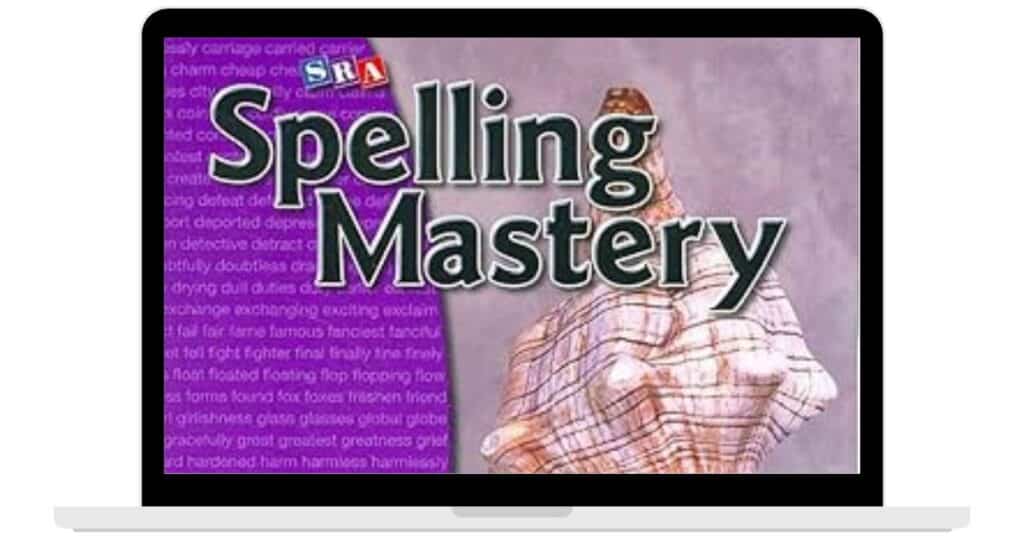
Spelling Mastery
This program uses direct instruction and continuous feedback. It uses a phonemic, whole word, and morphographic approach.
There are many student workbooks and levels. Start by doing a placement test and then buy the corresponding workbook.
You can get started here with the Spelling Mastery workbooks.
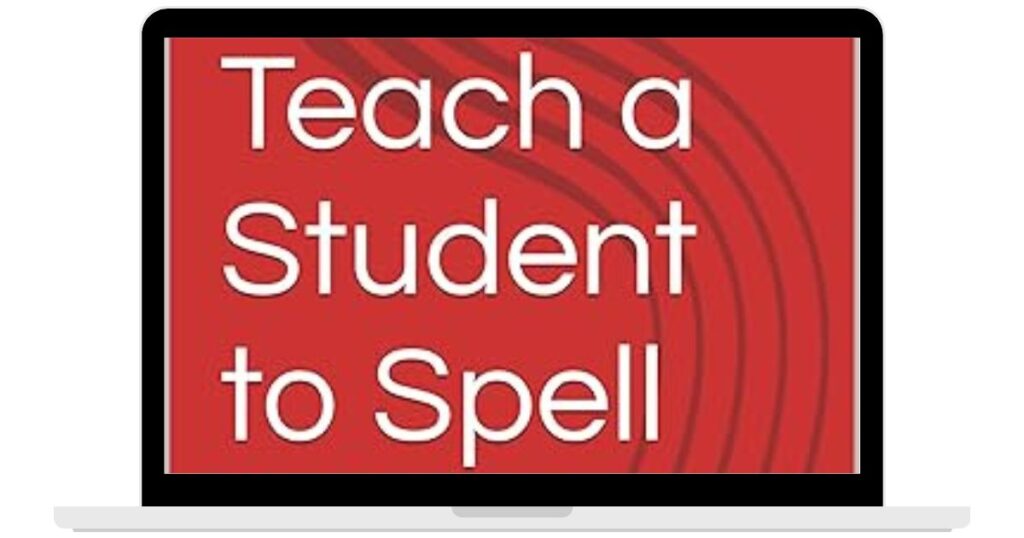
Teach A Student To Spell
These workbooks are a followup to the reading program, Teach a Student to Read. The workbooks teach why a word is spelled the way it is.
This program begins with the premise that English spelling can not just be understood by matching sounds to spellings. Sounds are not the full picture.
There are 6 levels. You can get started here with Teach A Student To Spell.
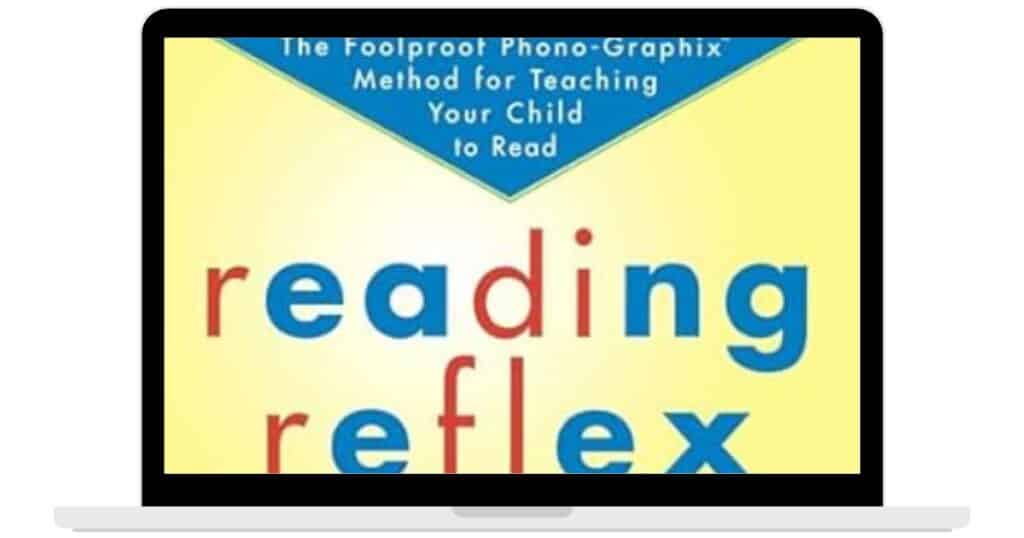
3 Phono-Graphix Workbooks And Reading Reflex
The Sound to Symbol to Meaning workbook set by Phono-graphix includes reading, spelling, comprehension, morphology, and vocabulary in the 3 advanced code workbooks.
The founder of EBLI, Nora Chahbazi, was a former Phono-graphix instructor and based a lot of EBLI on this method.
Get started here with the Phono-Graphix Workbooks. For parents, read Reading Reflex.
Final Thoughts
Teaching spelling in isolation is more a test of memory than a test of spelling ability. The best way to spell better and to close the spelling gap is through daily writing with correction.
Daily writing and fixing spelling errors through sound-spelling mapping activities will accelerate the spelling process.
For people with dyslexia, it will take many repetitions of this process before a word sticks (orthographically mapped).
Create EBLI spelling word lists by gathering words from your child’s own speaking, writing, and reading. They can be organized around sound, spelling, or meaning patterns.
Make them open-ended and accessible so that your child can add words to these lists and create their own spelling dictionaries.
Want to help your child keep spelling and writing skills sharp this summer—without memorizing rules or lists?
Grab my free 3-page Spelling & Writing Mini Tracker, designed for EBLI-style learning at home.
It includes a writing goals page, a daily writing tracker, and a simple way to build habits that stick.
✏️ Just enter your email below and I’ll send it right to your inbox!
Read More Of My Tips And Thoughts On Spelling and Writing:
- Child Struggling With Spelling: How A Parent Can Help
- How I Overcame EBLI Confusion With These 5 Subtle Changes
- What Do Parents Mean By “My Child Needs Help In Writing”?
Disclaimer: I am an independent educator and tutor trained in EBLI (Evidence-Based Literacy Instruction®), but I am not affiliated with or endorsed by EBLI or EBLI, LLC. This post reflects my personal experience and interpretation of EBLI principles and is intended for informational and educational purposes only.
